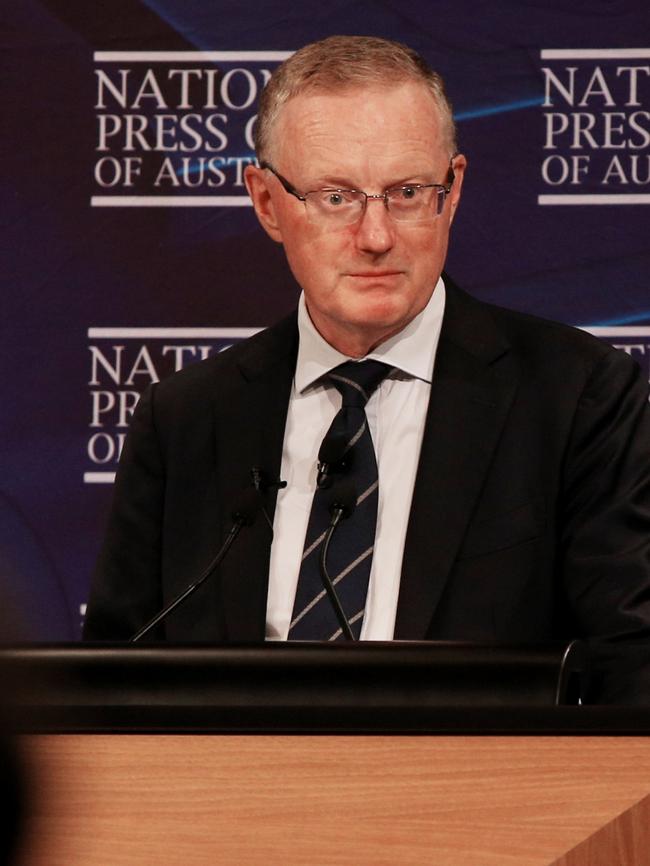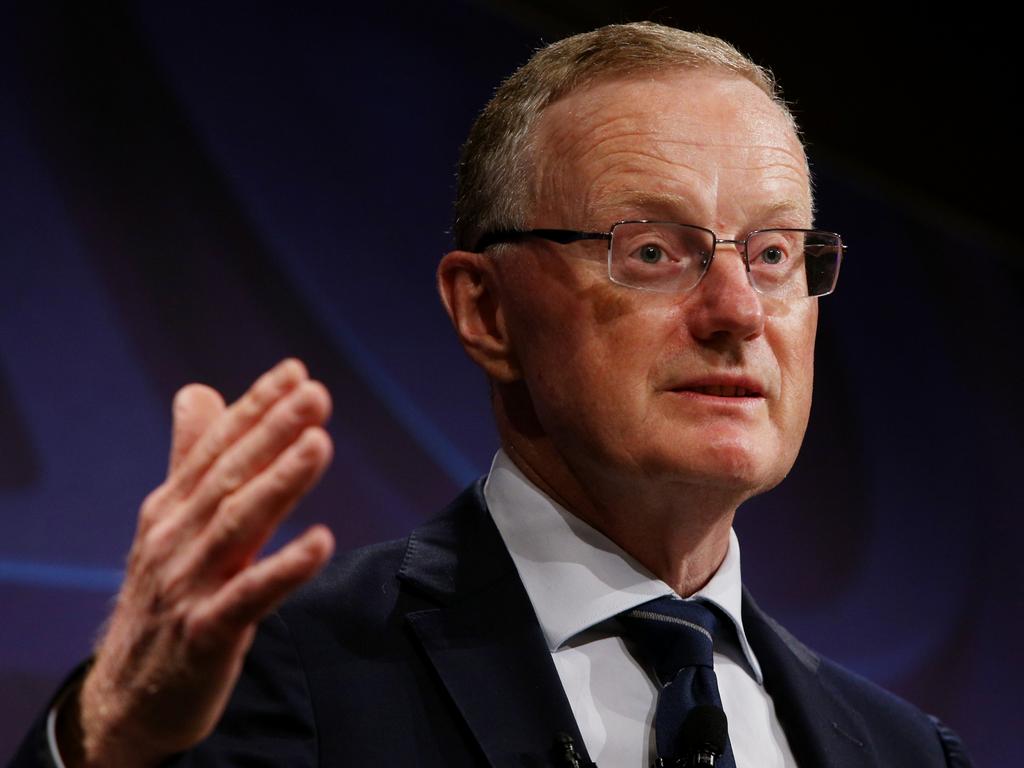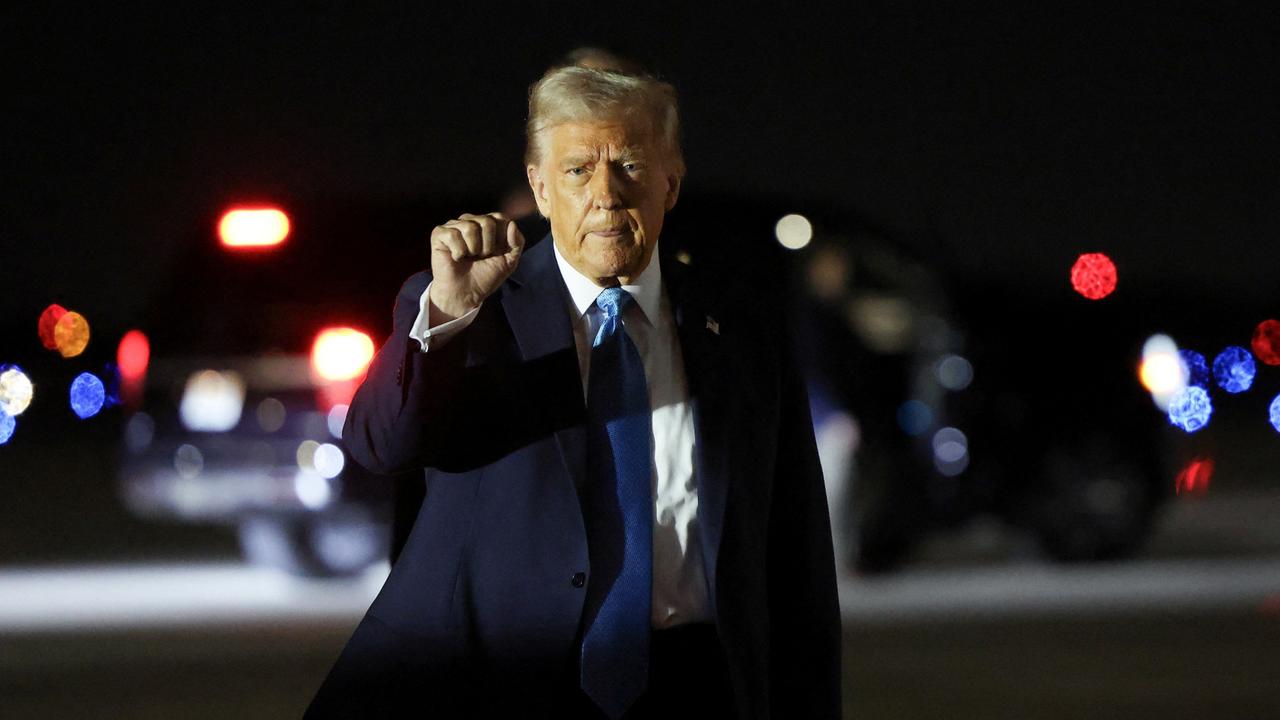RBA rate hike timing depends gathering more data on labour costs: James Glynn
The Reserve Bank’s decision to cast a wider net in search for evidence of wage growth across the economy looks like a smart move, because the existing data just isn’t adding up.

The Reserve Bank’s decision to cast a widened net in its search for evidence of wage growth across the economy looks like a smart move, because the existing data isn’t adding up.
In a subtle shift at its policy meeting on Tuesday, the RBA evolved its policy guidance to financial markets, making it clear that the central bank is now looking beyond narrow and often unreliable statistical wage measures to assess inflation risks.
The RBA is focusing harder on things like one-off retention payments and bonuses to assess labour costs in aggregate.
The shift to consider total labour costs might seem small, but it is important because the usual data sets are often affected by so-called compositional shifts from quarter to quarter, and policy makers fear they could be understating what’s going on.
Unemployment is falling toward its lowest levels since the 1970s and job vacancies are soaring, yet there are still few signs of a concerted push for higher wages. And that’s puzzling policy makers.

Because conditions in the job market are almost unprecedented, the RBA can’t rely on recent experience. More data is needed.
The theory goes that in a tight job market that is still affected by the pandemic, companies are using one-off incentives like big bonuses to attract and retain staff instead of simply increasing pay packets.
“A further pick-up in wages growth and broader measures of labour costs is expected as the labour market tightens. This pick-up is still expected to be only gradual, although there is uncertainty about the behaviour of labour costs at historically low levels of unemployment,” RBA Governor Philip Lowe said on Tuesday.
The RBA’s use of the term “labour costs” instead of “wages” was a deliberate change in language.
The central bank was likely looking for an upside wage shock ahead of last week’s wage price index data for the fourth quarter of 2021, but the 2.3 per cent on-year increase fell well short of the 3 per cent – or more – that it wants to see to confirm that inflation is running hotter.
Still, the shift doesn’t necessarily mean that the RBA might raise interest rates earlier than it is currently indicating.
Mr. Lowe confirmed on Tuesday that the central bank will be “patient” until the data justifies a move higher in interest rates, and not before.
That means that at the minimum, another two quarterly inflation reads will be needed to green light the RBA’s first interest rate rise since 2010.
That puts the timeline for tightening policy around August at the earliest, or perhaps into the fourth quarter.
Of course, if the inflation and aggregate wage data fail to impress, the wait will go on, frustrating government bond traders who are betting the RBA will begin to raise interest rates by mid-year.
For now, aggregate wage gains are moving awfully slowly. Many corporates are reporting that they are negotiating pay rises, but the agreements still focus on hikes of closer to 2 per cent a year, rather than the more robust numbers the RBA wants to see.
It is therefore hard to argue that even as the unemployment rate heads below 4 per cent for the first time in the lives of virtually all current workers, there is a wage spiral taking form in Australia.
At the meeting, the RBA also brought up the war in Ukraine, saying that it adds a fresh source of uncertainty to Australia’s already murky economic outlook.
While the higher commodity prices being generated by the conflict could boost export revenues and national income, that is likely to be offset by higher fuel prices, which will crunch household budgets.
With Australia’s economic outlook unclear, it’s now very much the case that the RBA will have even more reason to be patient before raising interest rates than it did before.






